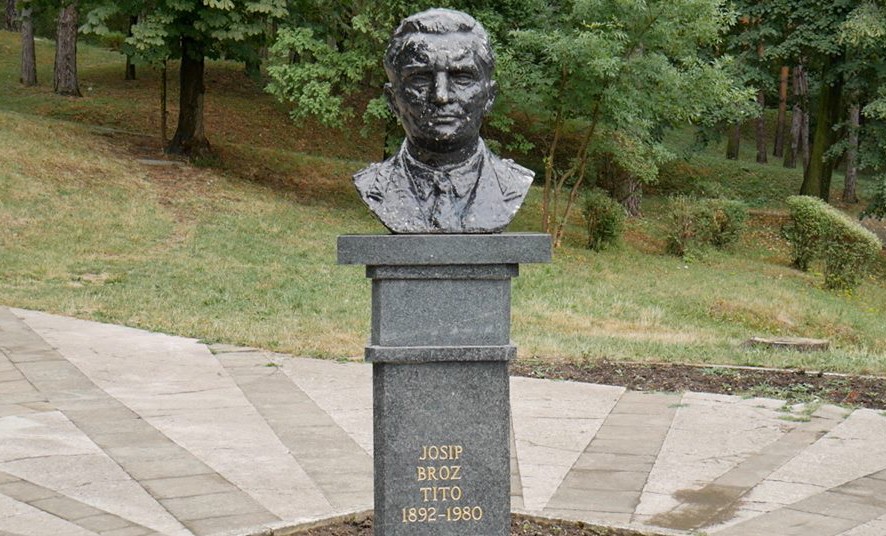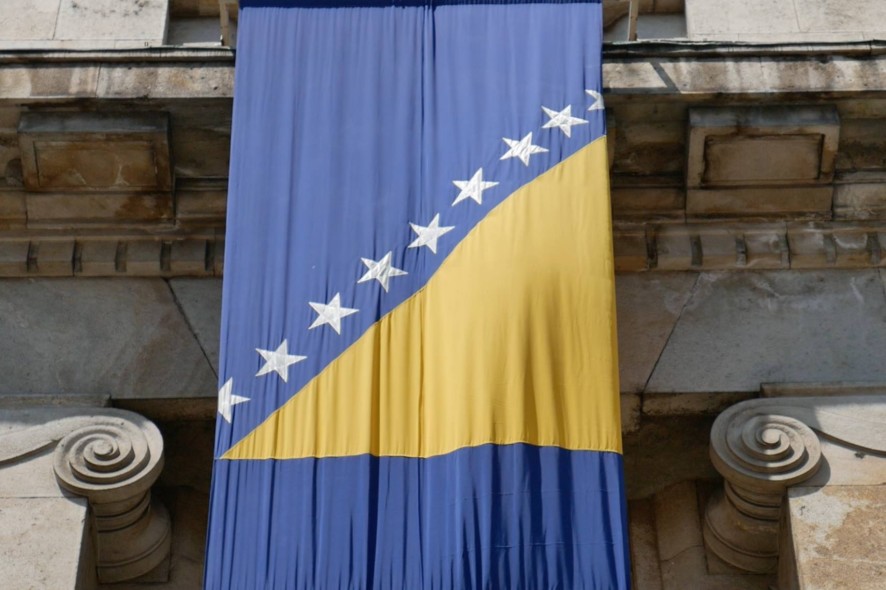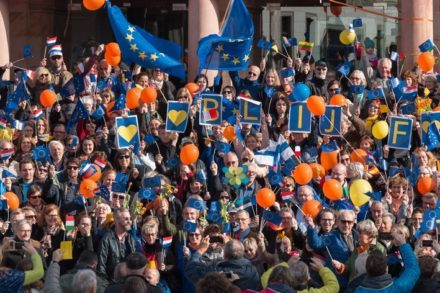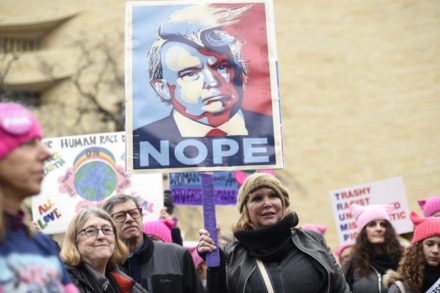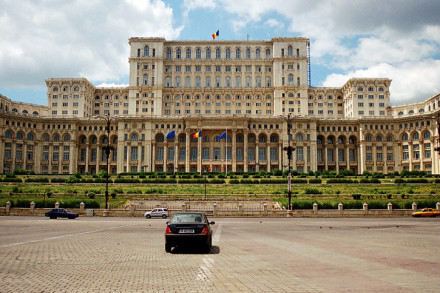by Admir Čavalić
Bosnia and Herzegovina is a country with 4 million people, located in the heart of the Balkan region, sharing borders with Croatia in the West and North, with Serbia in the East, and with Montenegro in the South.
It has a very rich history in which we had Illyrian and Slavic tribes, the Roman Empire, Bogomil heretics with their Bosnian Church, several Bosnian kings, the arrival of the Ottoman Empire and the spread of Islam in Europe. Afterwards the Austro-Hungarian Empire, followed by the beginning of World War I in Sarajevo, the birth of the Yugoslav state, then World War II with Partisans fighting in hilly Bosnia, later communist Yugoslavia with its charming dictator, in 1992 the declaration of independence. But also the start of the four-year war with the genocide in Srebrenica in 1995. Since then and until today – the era of transition and Euro-Atlantic integrations.
The political complexity
What makes Bosnia and Herzegovina politically so interesting is the complex administrative-territorial system of the country. Basically there is a state-level government with three presidents, under which there are two entities with their governments, and as a third part a district called Brčko. The first entity, the Federation of Bosnia and Herzegovina covers 51% of the territory of Bosnia and Herzegovina and is mostly populated by Bosniaks (mostly members of the Islamic religion) and Bosnian Croats (mostly members of the Catholic religion). The Federation is further divided into ten cantons (following the Swiss model), where each canton has its own government and budgets. Cantons are formed by cities and municipalities.
The other entity is called Republic of the Srpska and is accounting for 49% of the territory and is mainly inhabited by Bosnian Serbs (mostly Orthodox religion). Unlike the Federation, which is highly decentralized, the Republic of Srpska is centralized and below the entity government there are only cities and municipalities.
Finally, the Brčko District is independent of two entities and is often referred to as a Hong Kong of Balkans. All in all, the above-described structure implies that we have a total of 14 governments, 13 Prime ministers and 136 ministers. The head of the state is made by three presidents, each of the three constituent nations by the Constitution of Bosnia and Herzegovina (Bosniaks, Serbs and Croats).
Economic paradoxes
The political complexity of Bosnia and Herzegovina is further forced by frequent political conflicts that are mainly inspired by nationalism. This leads to the country’s economy being totally ignored, and the existence of some remarkable paradoxes. Regarding the labour taxation for example, Bosnia and Herzegovina is among the first in the World (on 100 euros, the state takes 72 euros). This is one of the reasons why the country is the world’s record holder in youth unemployment, with a rate of 57.9% of young people unemployed. There are also lots of other problems of course, from the labor market and tax policy to bad legislation and business conditions. Let us add that the citizens of Bosnia and Herzegovina are the least economically free in Europe, and on the 97th place worldwide on rankings by Index of Economic Freedom.
However, one sphere of economy is among the healthiest in Balkans. At the same time it is the only sphere that local politicians do have no control of. It is the monetary sphere, ie, printing money. The local currency called the convertible mark (BAM) is pegged to the euro through the Currency Board. Bosnia does thus not have the ability to control its currency, which is therefore extremely stable and always worth 1.95 against the euro (1 euro is 2 KM). Interestingly, the currency uses the name „mark“ because during the war the German mark became the dominant currency of confidence among various nations.
EU integrations
Where we can be optimistic and hopeful for Bosnia and Herzegovina is the determination of its citizens to join the European Union as a full member, and to integrate further with NATO, too. Therefore, the ultimate political goal of any political party, regardless of whether they are left or right, moderate and extreme, is the European Union. The level of support among citizens is incredibly high, with more than 80% of citizens supporting EU membership. Therefore, the 2015 is often called the year of reforms for Bosnia and Herzegovina, because this year we signed the Stabilisation and Association Agreement with the EU, but also started serious reforms within the framework of the so-called reform agenda which was created with the help of EU.
The aim of the reforms is the liberalization and deregulation of the domestic economy, and the reduction of fiscal liabilities with the of increase fiscal discipline and privatization of the rest of commanding heights of the Bosnian economy. Ruling political parties that are center-right are working on this, although the unions and the public are often opposed.
In the long term, the vision is that Bosnia and Herzegovina becomes a competitive EU mini-states that will offer its relatively cheap and skilled labor force, but also actively compete with their companies in the European internal market. Even today, many Bosnian companies are doing subcontracting work for multinationals and EU companies. By joining the EU this trend will increase, and we will further work on economic integration as a long-term condition for peace and prosperity in Bosnia and Herzegovina, as well as generally on the Balkans.

